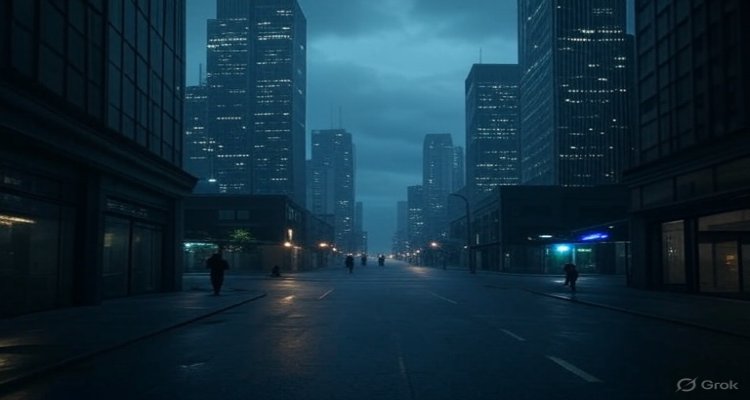Modern Haunts: Eeriness in the Algorithmic Era

As algorithms shape daily life, subtle eeriness emerges in our digital existence—exploring privacy, bias, and the haunting side of technology.
Introduction: The New Ghosts in the Machine
In centuries past, haunted castles and candlelit alleyways carried tales of the supernatural. Today, the unsettling chill doesn’t come from abandoned ruins but from glowing screens and silent algorithms that dictate what we see, hear, and even think. The modern haunt is not a shadowy figure in the attic—it’s the invisible hand of technology shaping our choices, often without our consent.
Context & Background: When Algorithms Became Everyday
Algorithms were once confined to the labs of computer scientists. Now, they are everywhere—deciding what movie to recommend on Netflix, which products fill your Amazon cart, and even how job applicants are screened. While this automation offers convenience and efficiency, it also introduces something uncanny: a sense that our lives are being guided by unseen forces.
This eeriness is not rooted in superstition, but in awareness. We know there are no ghosts behind our screens, yet the opaque nature of algorithmic decisions makes them feel spectral. Unlike old folklore, these modern “hauntings” are backed by data, mathematics, and code—yet remain largely inscrutable to the public.
Main Developments: The Quiet Rise of Algorithmic Eeriness
The algorithmic era has brought moments that blur the line between helpful and haunting:
- Predictive Advertising: Users report seeing ads for products they only thought about but never searched for, raising questions about surveillance.
- Deepfakes and Synthetic Media: Artificially generated videos and voices now mimic reality so closely that truth becomes slippery.
- Bias in Automation: From facial recognition errors to hiring algorithm discrimination, technology reflects—and amplifies—societal biases.
- Social Media Echo Chambers: Algorithms curate feeds to keep users engaged, but often at the cost of polarizing communities and distorting perceptions.
What makes these developments unsettling is not just their existence, but their invisibility. Most users cannot see the code, the datasets, or the intent. They simply feel the impact—like being haunted by something that leaves no trace.
Expert Insight & Public Reaction
Dr. Sherry Turkle, a professor of social studies of science and technology at MIT, has described technology as “a powerful social ghost, shaping how we think and behave without us noticing.”
Cybersecurity analyst Marcus Hale explains:
“The eeriness comes from opacity. Algorithms are designed to work in the background. When people realize how much of their digital life is managed without their awareness, it naturally feels unsettling.”
Public reaction is equally divided. Some celebrate algorithmic personalization as modern magic—Spotify playlists that know your taste, or navigation apps that predict traffic jams. Others express deep discomfort, seeing this convenience as a trade-off for autonomy and privacy.
Impact & Implications: Who Gets Haunted Next?
The eerie undertones of the algorithmic age raise crucial implications:
- Privacy: Constant data collection means individuals are never truly alone online.
- Trust: As algorithms influence elections, news feeds, and financial markets, public trust is strained.
- Identity: With digital footprints predicting behavior, people risk being reduced to data profiles rather than individuals.
- Future Regulation: Policymakers worldwide are now debating how to bring transparency to algorithmic systems without stifling innovation.
The haunting may grow stronger as generative AI, predictive policing, and automated decision-making expand. The next wave of eeriness may not just recommend your favorite show—it might decide your loan eligibility, your medical treatment, or even your freedom.
Conclusion: Living with Digital Ghosts
Every era has its shadows. In the medieval world, it was superstition. In the industrial age, it was mechanization. In today’s algorithmic era, the eeriness lies in invisible systems that know us—sometimes better than we know ourselves.
The challenge is not to exorcise these digital ghosts but to understand them. Transparency, accountability, and ethical design can turn eeriness into empowerment. Until then, the hum of servers and lines of code may remain the modern world’s most haunting presence.
Disclaimer : This article explores the cultural and technological implications of algorithms. It is intended for informational purposes only and does not offer legal or financial advice.









